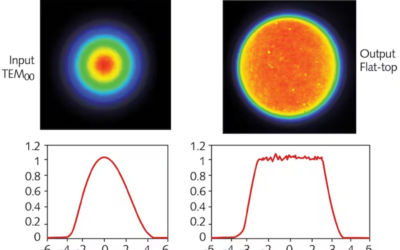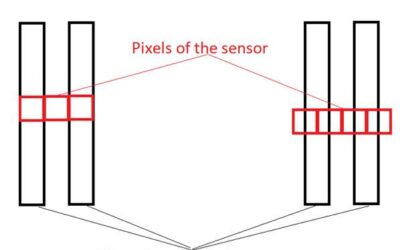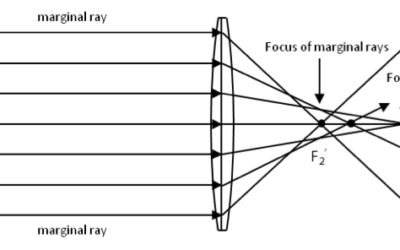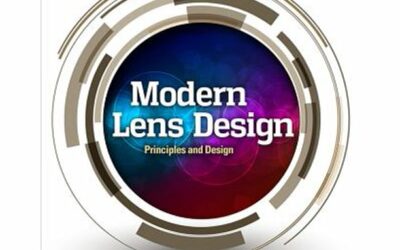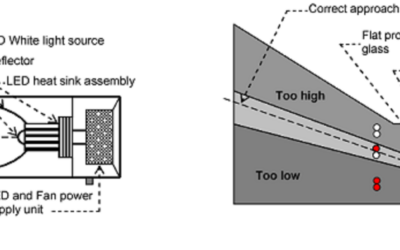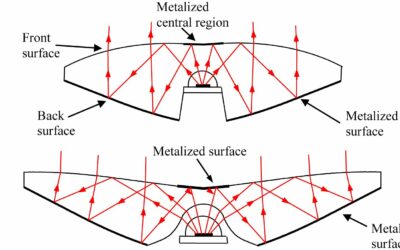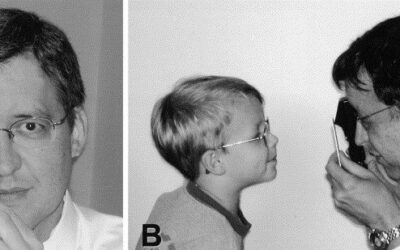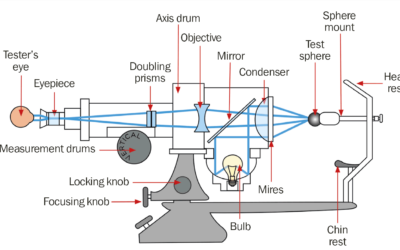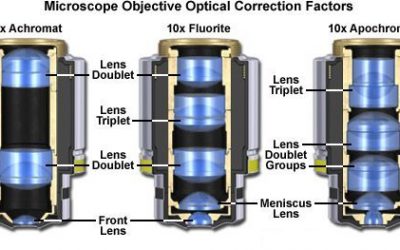Benefits of wobble welding in high power laser welding systems are explained, features of wobble scan mirrors are reviewed.
optical design
Overview of Pi-Shapers, for beam shaping
by Victor Argueta | FAQ, lens design, optical design
A pi-Shaper, also known as the πShaper, is designed to transform Gaussian or similar intensity distributions of source laser beams into flat-top ones. This article describes benefits and trade off
How to Hire Optical Engineers: Questions, Skills, and Specializations
by Victor Argueta | FAQ, optical design
Work experience and proven skills in ray tracing and optimization are important for good optical engineers, so ask potential candidates for examples of their work in these areas before you hire them.
Designing Stereo Lens Pairs
by Victor Argueta | FAQ, lens design, optical design
Stereo lens pairs are designed to capture two slightly offset images, mimicking the way our eyes perceive the world. When these images are combined and viewed with the appropriate technique, such as stereoscopy, they create a three-dimensional effect, adding depth and...
Questions and Answers optical resolution
by Victor Argueta | FAQ, lens design, optical design, optical engineering
In the world of imaging and optics, achieving clarity and precision is paramount. Whether it's for quality control, machine vision, or barcode reading, understanding the intricacies of image resolution plays a vital role in ensuring the success of various...
Beam Expander Design
by Victor Argueta | FAQ, optical design, optical engineering
Types of beam expanders and design features are explained
Understanding Paraxial Lenses
by Victor Argueta | lens design, optical design, Uncategorized
Paraxial Lenses Paraxial lenses are a simplified model used to analyze and design optical systems, particularly lenses. In the paraxial approximation, light rays passing through a lens are assumed to be close to the optical axis and at small angles with respect...
Phase Shift Method for distance measurement
by Victor Argueta | 3D, FAQ, mechanical design, optical design
Optical techniques for distance measurement offer plenty of uses and applications. These techniques are able to measure the distance between two objects without touching them, making them perfect for a variety of situations. Optical techniques are usually the best...
Exploring the Scheimpflug Principle: Depth and Clarity in Imaging | OFH
by Victor Argueta | FAQ, optical design, optics definitions
Introduction The Scheimpflug principle is a fundamental concept in optics, particularly in the realm of photography and imaging. Named after its inventor Theodor Scheimpflug, this principle provides a systematic approach to achieving extended depth of field in...
Dispersive Prism
by Victor Argueta | FAQ, OFH, optical design, optics, optics definitions
A dispersive prism is an optical element used to break up light into its different wavelength components - a phenomenon discovered by Sir Isaac Newton. By doing this, the prism separates light of varying wavelengths, with longer wavelengths (red) deflecting at a...
Top 12 Resources for Mastering Lens Design: A Comprehensive Guide
by Victor Argueta | FAQ, lens design consulting, optical design, Zemax
In this post we will review textbooks, online tutorials, discussion forums like the ELE Optics Community and software training programs like Zemax training and other great sources to help engineers learn lens design from basic concepts to advanced techniques.
3 Rules For Plano Convex Lens Design
by Victor Argueta | lens design, OFH, optical design, optics, optics definitions
Plano convex lenses are lenses with a positive focal length and while they are simple compared to many optical systems, but there are fine details that a lens designer needs to pay attention to. This post will review 3 key rules for designing a plano convex lens
Understanding the optics behind a PAPI light
by Victor Argueta | illumination, illumination lens design, LED, optical design
In a previous article we talked about Aviation Light Optics. and discussed a runway light system called Precision Approach Path Indicator (PAPI). Now we would like to go more in detail into PAPI design and describe their design requirements. The PAPI system...
RXI Collimators explained
by Victor Argueta | FAQ, optical design, Victor Argueta
Optical collimators also called non-imaging concentrators are optical components that can collect and project light from a source. Common examples include solar collectors that concentrate the sun's light and project it to heat a surface or direct it to solar panels....
Retinoscope Design
by Victor Argueta | lens design, Opthalmology, optical design, Victor Argueta
Retinoscopes are a very common optical instrument used by optometrists to examine a patient’s eye and evaluate the need of corrective lenses. They use a very interesting physical principle. Let’s first describe the optical instrument. The retinoscope is a hand held...
Keratometer Optical Design
by Victor Argueta | Opthalmology, optical design, Victor Argueta
In this article, we will continue our description of different optical instruments used by optometrists. Last time we talked about Ophthalmoscopes, today we will talk about another very common optical instrument called the Keratometer. The keratometer was developed...
Understanding objective lenses
by Victor Argueta | FAQ, lens design, Optical Components, optical design, optical engineering
Introduction In previous entries, we have talked about the design of scanning microscopes, infinity corrected microscopes, confocal microscope design, and Koehler illumination systems-a common illumination system in microscopes. The most essential microscope element...
Rigid Endoscope Design
by Victor Argueta | FAQ, optical design, optical engineering, Victor Argueta
Endoscopes are medical devices designed to collect the smallest images from inside the human body. Endoscopes can be divided into two categories: rigid endoscopes, in which relay lenses are stacked together generally creating a high-quality image, and flexible...
Cardinal Points
by Victor Argueta | FAQ, optical design, optics, Victor Argueta
When I was a young undergrad engineering student, I always found optics to be a very confusing subject. It was not only the equations, but what it looked like hundreds of different definitions involved in even the simplest of optical systems. Some concepts, like...
Powell Lens Design
by Victor Argueta | FAQ, lens design, machine vision, optical design
Previous posts have reviewed different techniques for beam homogenization as well as the difference between spot size and beam angle. This post will review a method for beam shaping using Powell Lenses. Powell lenses are lenses that create a straight laser line by...
